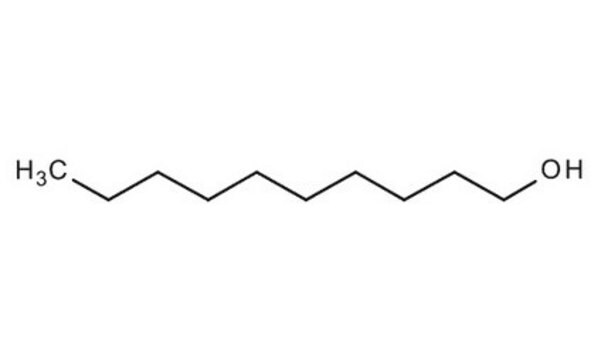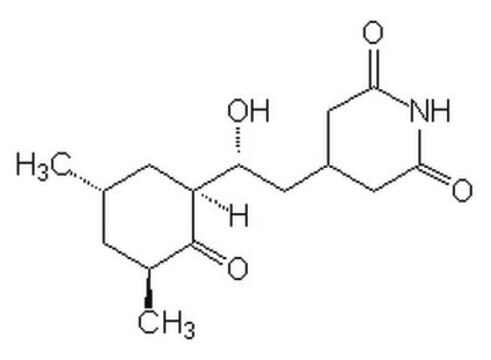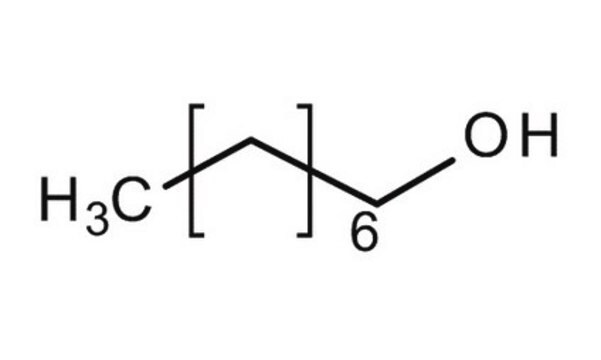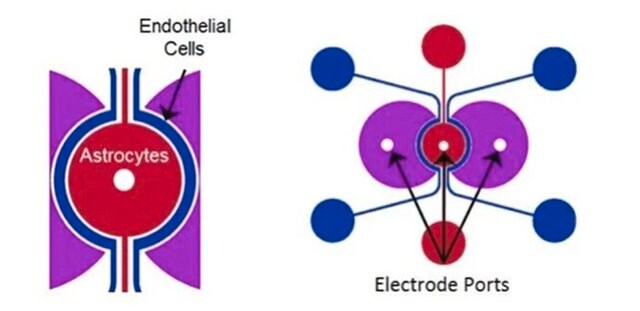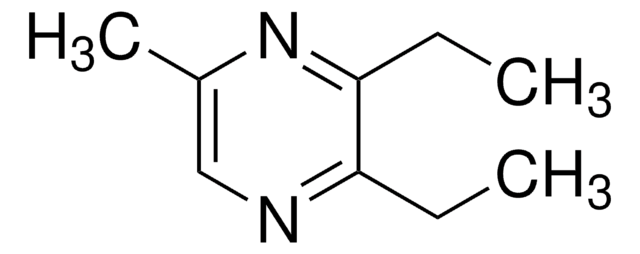W236500
1-Decanol
≥98%, FCC, FG
Synonym(s):
n-Decyl alcohol, Alcohol C10
About This Item
Halal
Kosher
Recommended Products
biological source
synthetic
Quality Level
grade
FG
Halal
Kosher
Agency
meets purity specifications of JECFA
reg. compliance
EU Regulation 1334/2008 & 178/2002
FCC
FDA 21 CFR 117
FDA 21 CFR 172.515
vapor density
4.5 (vs air)
vapor pressure
1 mmHg ( 70 °C)
8.25 mmHg ( 100 °C)
Assay
≥98%
autoignition temp.
550 °F
refractive index
n20/D 1.437 (lit.)
bp
231 °C (lit.)
mp
5-7 °C (lit.)
solubility
ethanol: 60%, clear, colorless (1mL/3mL)
density
0.829 g/mL at 25 °C (lit.)
application(s)
flavors and fragrances
Documentation
see Safety & Documentation for available documents
food allergen
coconut
Organoleptic
fatty; waxy; fruity; rose
SMILES string
CCCCCCCCCCO
InChI
1S/C10H22O/c1-2-3-4-5-6-7-8-9-10-11/h11H,2-10H2,1H3
InChI key
MWKFXSUHUHTGQN-UHFFFAOYSA-N
Looking for similar products? Visit Product Comparison Guide
Related Categories
General description
Application
- Electroextraction of methylene blue from aqueous environmental samples using paper points coupled with hollow fiber membranes.: This research investigates a novel method for removing methylene blue from water using 1-Decanol. The findings demonstrate the effectiveness of this approach in environmental cleanup applications, emphasizing the versatility of 1-Decanol in extraction processes (Orlando et al., 2024).
- Multi-objective optimization of ternary blends of Algal biodiesel-diesel-1-decanol to mitigate environmental pollution in powering a diesel engine using RSM, ANOVA, and artificial bee colony.: This study explores the use of 1-Decanol in creating eco-friendly fuel blends. The results indicate significant reductions in emissions and improvements in engine performance, demonstrating the environmental benefits of incorporating 1-Decanol in biodiesel formulations (Alruqi et al., 2023).
Signal Word
Warning
Hazard Statements
Precautionary Statements
Hazard Classifications
Aquatic Chronic 3 - Eye Irrit. 2
Storage Class Code
10 - Combustible liquids
WGK
WGK 1
Flash Point(F)
203.0 °F - Pensky-Martens closed cup
Flash Point(C)
95 °C - Pensky-Martens closed cup
Personal Protective Equipment
Choose from one of the most recent versions:
Already Own This Product?
Find documentation for the products that you have recently purchased in the Document Library.
Customers Also Viewed
Our team of scientists has experience in all areas of research including Life Science, Material Science, Chemical Synthesis, Chromatography, Analytical and many others.
Contact Technical Service
